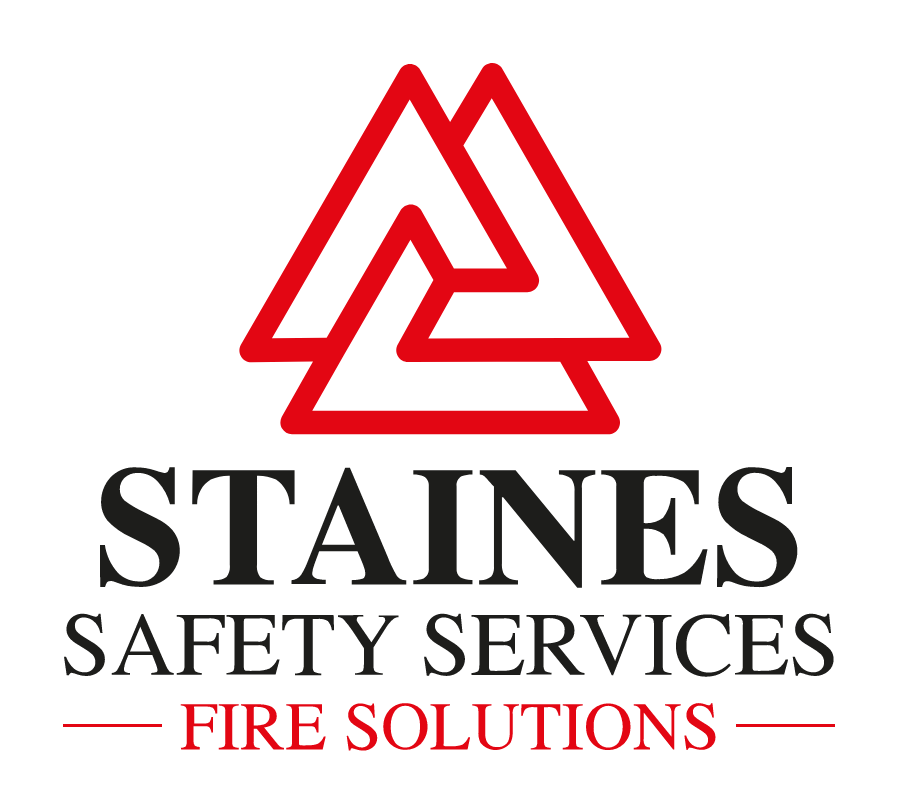
A fire risk assessment is a legal requirement for all industrial and commercial buildings. In some cases some domestic housing may also require a fire risk assessment. This would be the case for a self-catering property or a AirBnb. It would also include domestic accommodation that share a common area, like an apartment or flat.
A fire risk assessment typically involves five key steps:
1. **Identify Fire Hazards**: Recognize potential sources of ignition (such as electrical equipment or open flames), fuel (like paper, wood, or chemicals), and oxygen sources within the environment.
2. **Determine Who Might Be Harmed and How**: Identify individuals who may be at risk, including employees, visitors, and vulnerable groups, and consider how they could be affected by a fire.
3. **Evaluate the Risks and Take Precautions**: Assess the likelihood of fire hazards causing harm and evaluate existing fire safety measures. Determine if additional precautions are needed to mitigate risks.
4. **Record Your Findings and Prepare an Emergency Plan**: Document the significant findings of the assessment, including identified hazards and the measures taken to reduce risks. Develop an emergency plan detailing evacuation routes, roles, and responsibilities.
5. **Review and Revise the Assessment Regularly**: Regularly revisit and update the fire risk assessment, especially when there are changes in the workplace, such as new equipment, processes, or personnel, to ensure ongoing fire safety. Following these steps helps create a safer environment by proactively addressing potential fire risks.
If you would like to book a fire risk assessment or just learn a little bit more about us as a company please click HERE.
